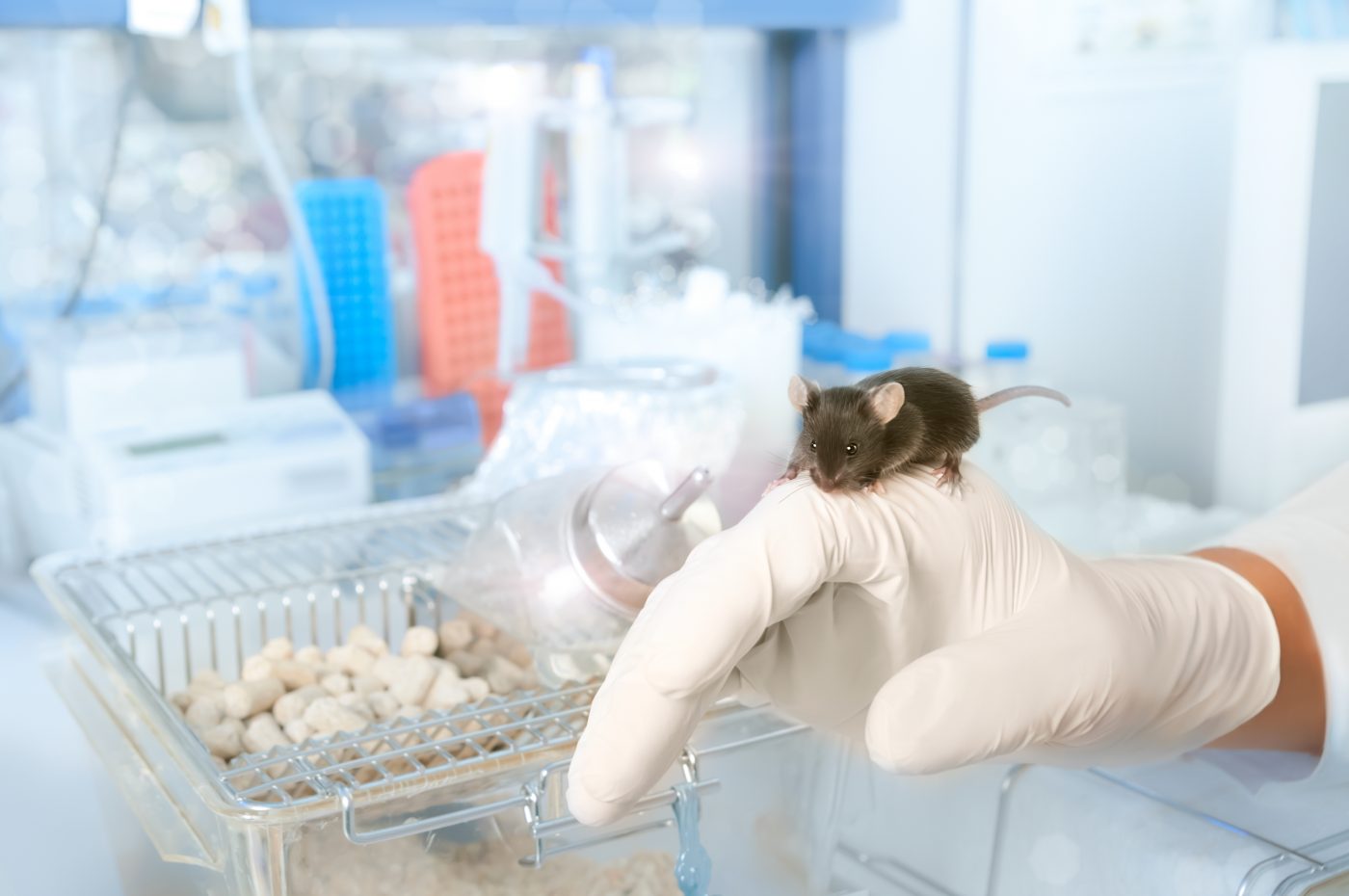New Targeted Therapies May Ease Pulmonary Fibrosis, Studies Find
Written by |

Newly developed therapies may hold promise for the treatment of pulmonary fibrosis, as described in two studies.
The therapies, which are expected to move into clinical trials in the next several months, were both developed by Purdue University scientists in Indiana, led by Philip S. Low, PhD, a professor of chemistry and a scholar for drug discovery.
“We developed two targeted therapies that allow us to use powerful drugs with high toxicities because we specifically deliver them to diseased cells without harming healthy ones,” Low said in a press release.
In the lung and other tissues, fibrosis (scarring) is predominantly driven by cells called fibroblasts, which produce collagen proteins that are major components of scar tissue. Specifically, activated collagen-producing fibroblasts, called myofibroblasts, play a central role in fibrotic diseases such as pulmonary fibrosis.
Of note, myofibroblasts express a protein on their surface called fibroblast activation protein (FAP). This protein is generally not found on other types of cells.
In one study, published in the journal Science Translational Medicine, the researchers designed a therapy to specifically affect myofibroblasts by targeting FAP. The study is titled “Targeted inhibition of PI3 kinase/mTOR specifically in fibrotic lung fibroblasts suppresses pulmonary fibrosis in experimental models.”
“Because collagen-producing myofibroblasts are only found in fibrotic tissues, solid tumors, and healing wounds, FAP constitutes an excellent marker for targeted delivery of drugs to tissues undergoing pathologic [disease-associated] fibrosis,” the scientists wrote.
The team developed an FAP-targeting molecule, which was validated through experiments in cells and in a mouse model of pulmonary fibrosis. Then, they designed a phosphatidylinositol 3-kinase (PI3K) blocker, which they connected to the FAP-targeting molecule.
PI3K is a critical protein for collagen production by myofibroblasts. Notably, an investigational medication targeting PI3K, omipalisib, is currently in clinical trials for idiopathic pulmonary fibrosis (IPF). The newly developed PI3K inhibitor is structurally similar to omipalisib, but modified so it can be connected to the FAP-targeting molecule — the combined molecule was dubbed FAPL-PI3Ki1.
FAPL-PI3Ki1 showed positive effects in a mouse model of pulmonary fibrosis: while control mice continually lost weight, due to disease progression, animals receiving the investigational compound started regaining weight two days after treatment. In addition, most of the treated mice lived longer than control mice. An analysis of the lungs suggested that the therapy worked as intended — specifically, by targeting myofibroblasts to reduce collagen production.
Experiments using lung tissue from patients with IPF also showed that FAPL-PI3Ki1 could reduce the production of collagen.
“The fact that FAP-expressing myofibroblasts are critical to the development of IPF,” the scientists concluded, “our FAPL binds human FAP with high specificity and affinity, and collagen production in primary human IPF lung fibroblasts is potently inhibited by FAPL-PI3Ki1 argue strongly that production of collagen by human myofibroblasts in patients with IPF can also be suppressed by FAPL-PI3Ki1.”
Although fibroblasts are the main drivers of fibrosis, they are not the only cell type involved in the disease process. Macrophages, a type of immune cell, can send molecular signals to other cells, including fibroblasts, to promote fibrosis.
In the second study, the investigators looked for ways to reduce pro-fibrosis macrophage activity. Titled “Reprogramming of profibrotic macrophages for treatment of bleomycin‐induced pulmonary fibrosis,” that study was published in the journal EMBO Molecular Medicine.
Previous research had indicated that activating the protein toll‐like receptor 7 (TLR7) could reduce the fibrotic activity of macrophages. However, compounds that activate this protein throughout the body are too toxic for medical use.
Like activated myofibroblasts, pro-fibrotic macrophages express certain proteins that are not produced by other cell types, including a particular receptor for folate, a water-soluble B vitamin. As such, the researchers developed a TLR7 agonist (activator) that was linked to folate, dubbed FA‐TLR7‐54.
The overall concept is similar to FAPL-PI3Ki1: to deliver a therapeutic payload specifically to the disease-driving cells, thereby avoiding systemic toxicity.
The team demonstrated that FA-TLR7-54 could reduce the fibrotic activity of macrophages in dishes, and that it could reduce the extent of fibrosis in a mouse model without causing substantial toxicity.
“Because all of these benefits occur without evidence of overt toxicity, we conclude that targeted delivery of TLR7 agonists has the potential to treat fibrotic lung diseases with limited side effects,” the researchers wrote.
The technologies of both therapies have been licensed through the Purdue Research Foundation Office of Technology Commercialization and optioned to MorphImmune, a startup co-founded by Low. The upcoming clinical trials will be necessary to determine whether the therapies are safe and/or effective for use in people.
For Low, fighting pulmonary fibrosis is personal.
“This is a horrible disease that claimed the lives of my next-door neighbor and a good friend’s wife,” he said.






